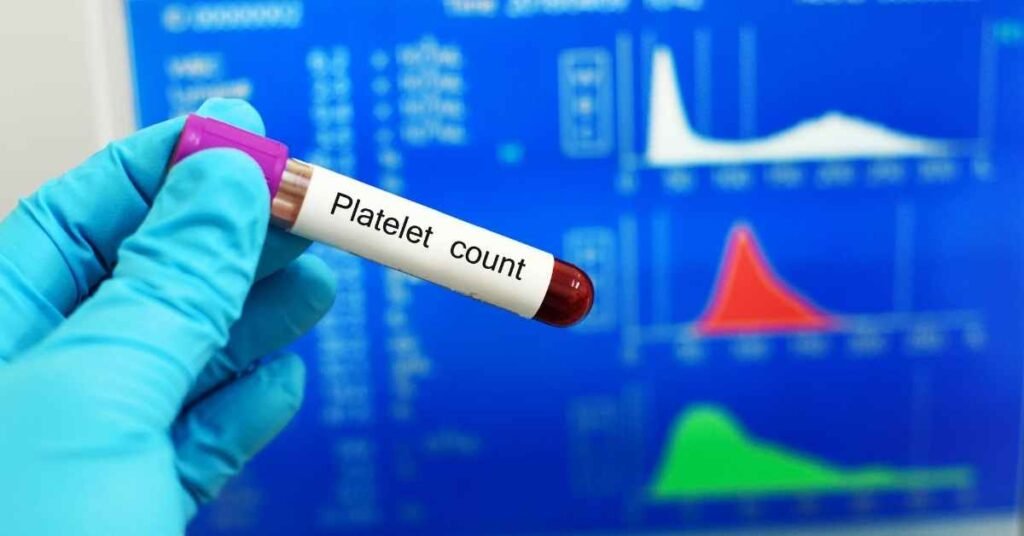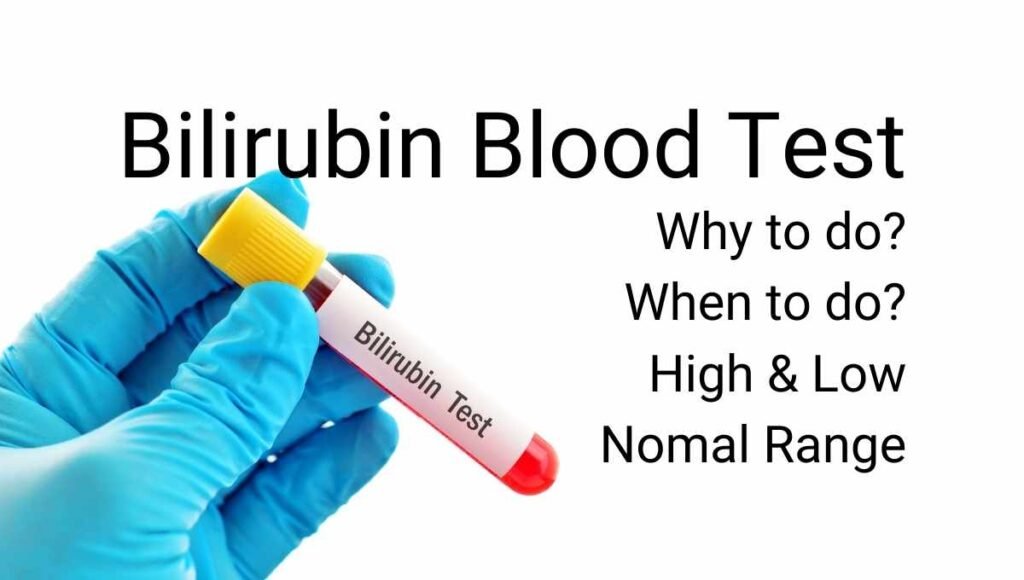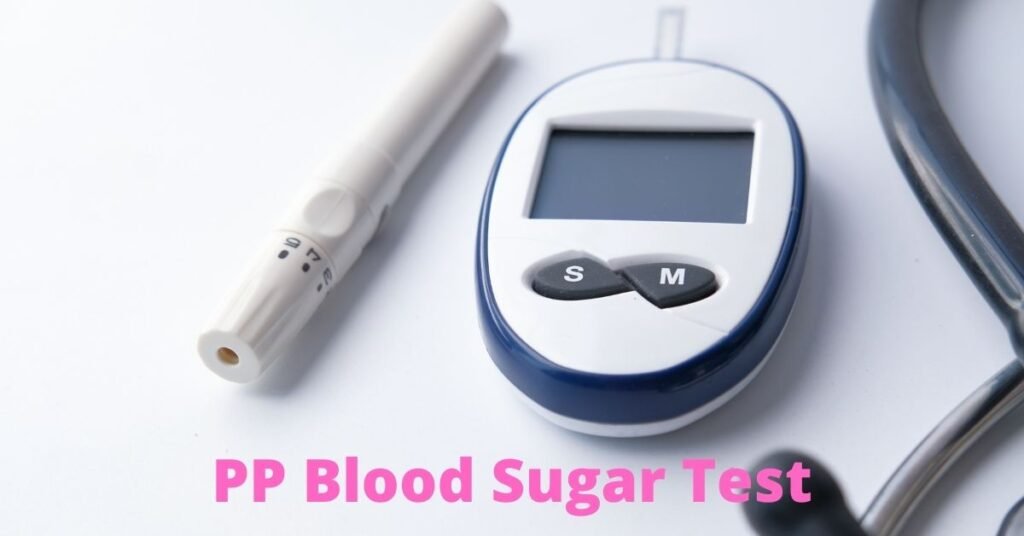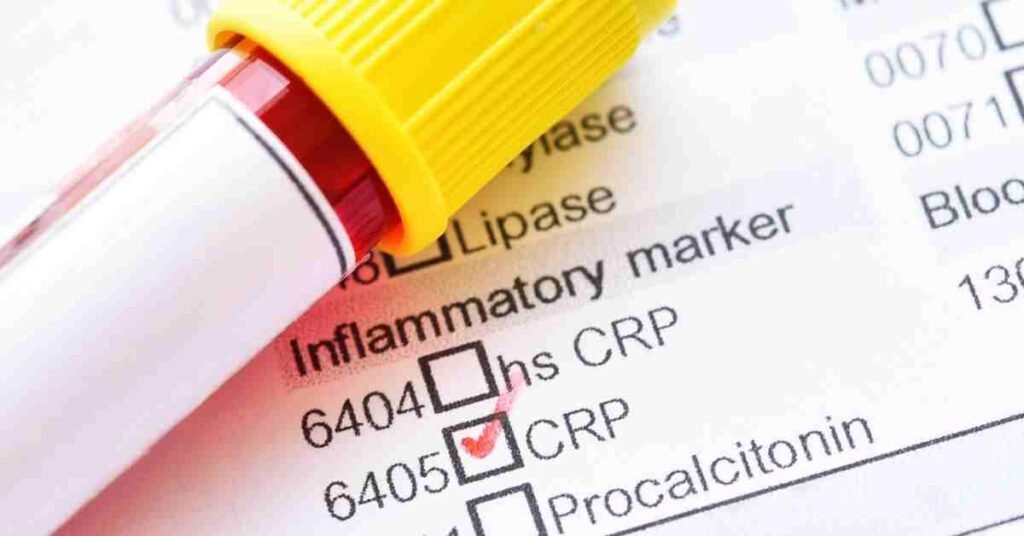What is Platelet Count
Platelet count is a part of complete blood count test. Blood test for platelet count measures the number of platelets in our blood. Platelet is a type of blood cell just like red blood cell and white blood cell. The main function of platelets to stop bleeding.
Platelet Count Normal Range
The normal range of platelet count is 150000/mcL to 400,000/mcL of blood.
When the platelet count is less than 150,000/mcL, it is known as thrombocytopenia and when the platelet count is more than 400,000/mcL, then it is known as thrombocytosis.
Platelet Count Purpose
The purpose of platelet count are the following
- To determine the underlying medical condition
- To rule out other similar medical conditions when the symptoms are overlapping or similar with other medical conditions
- To know the treatment that will be appropriate for the patient
- To know the response of ongoing treatment
- To know the outcome of treatment
- To know the side effects of medicine, particularly for medicines that affect platelet function
- To predict the overall health condition
Platelet Count Importance
Platelet count is a part of complete blood count test. So, platelet count has the following importance
- It helps to differentiate various medical conditions.
- It gives a prediction about the chances of blood loss. It is especially important before a surgical procedure. If, platelet count is low, bleeding precautions must be taken to avoid bleeding.
- It helps to determine if any modification of ongoing treatment is needed or not.
- It gives an idea about disease prognosis. For example, if there is bone marrow disorder and it is seen that platelet count is low, it indicates that bone marrow is not producing enough platelets.
- If there is normal platelet count, but the patient has bleeding tendency, then it usually indicates other abnormalities like functional abnormality of platelets, blood vessel disorder, blood clotting factors disorder, etc. So, normal platelet count gives an idea that bleeding chances can be less, but as the blood clotting is associated with many factors like blood clotting factors, blood vessel contraction, etc., so a normal platelet count can not fully ensure that bleeding will stop normally. Obviously, the opposite is true that is if platelet count is low there is definitely high risk of bleeding. When the platelet count is less than 50,000/mcL then there is high risk of bleeding and when the platelet count is less than 20,000/mcL then spontaneous bleeding occurs.
- Platelet count if high or low helps one to know that definitely there is some underlying medical condition that are causing abnormal platelet counts , be it diagnosed or not diagnosed.
Low Platelet Count
Low Platelet Count Causes
There are various conditions that cause low platelet count. These are the following
- Infection- Bacterial infection like blood infection sepsis can cause low platelet count. Viral infection like infectious mononucleosis, HIV,measles, hepatitis, etc. can cause low platelets.
- Anemia- In aplastic anemia, all the three blood cells are reduced- RBC, WBC, Platelets.
- Bone marrow disorder- In bone marrow disorder when the bone marrow is unable to produce enough platelets.
- Cancer- In cancer, where there is infiltration of cancer cells in bone marrow and makes the bone marrow unable to produce new platelets. So platelet count becomes low. In leukemia and lymphoma, low platelet is commonly found.
- Medication- Drugs, for example, aspirin, H2 blocker, quinidine, sulfa containing antibiotics, diuretics, etc. can lower platelet count in blood.
- Chemotherapy- Chemotherapy can harm the platelets and the precursor of platelets. So, can cause lower platelet count.
- Radiotherapy- Radiotherapy can damage the bone marrow as well as platelets. So, bone marrow can not produce enough platelets and cause low platelet count.
- Autoimmune disorder- Autoimmune diseases, for example, lupus disease and crohn’s disease can cause lower platelet count as the immune system of our body destroy the platelets.
- Poisoning- Poisoning to some agents like pesticides, benzene, etc. can cause low platelet count.
- Chronic bleeding- If there is chronic bleeding, then more number of platelets are recruited in the bleeding site to stop the bleeding, so circulating platelet level can decrease if bone marrow can not produce enough platelets according to the needs of body.
- Cirrhosis- In cirrhosis of liver ( mostly due to consumption of alcohol), the number of platelets in blood can decrease.
- Disseminated intravascular coagulation, thrombocytopenia purpura, hemolytic uremic syndrome- in these conditions platelets are used up quickly.
- Too much alcohol consumption when there is low iron, vitamin B12 and folate.
- Heparin induced thrombocytopenia
- Idiopathic thrombocytopenia- in this condition our body produce antibody against platelets.
- Age- In older age platelet count may be reduced than normal. But there is slight decrease of platelet count. If there is no symptoms of low platelets, then it is usually is not a concern when it is ruled out that no underlying medical condition is associated with it. But bleeding precautions is essential to take if there is low platelet count than normal.
Low Platelet Count Symptoms
Symptoms of low platelet count
- Easy bruising
- Unexplained bruising
- If there is even minor cut, prolonged bleeding from that minor cut
- Petechiae ( small pinpoint red spots on skin, size is less than 3 mm)
- Purpura (purplish spots on the skin that is more than 3 mm but less than 1 cm)
- Nosebleeds
- Heavy menstrual bleeding
Platelet Count High
High platelet count is known as thrombocytosis. If thrombocytosis has no underlying medical condition as a cause, then the disorder is known as primary thrombocythemia or essential thrombocythemia. It is not that much common.
When the cause of increased platelet count is due to an underlying condition ( for example, infection), then it is known as secondary thrombocytosis or reactive thrombocytosis.
Platelet Count High Causes
Reactive thrombocytosis is more common. It is seen in the following medical conditions
- Blood loss or acute bleeding
- Infections for example, tuberculosis
- Surgery or any trauma
- Removal of spleen
- Cancer that involves the bone marrow . Also in lung cancer, breast cancer, ovarian cancer, gastrointestinal cancer, lymphoma
- Inflammatory disorders like rheumatoid arthritis, sarcoidosis or inflammatory bowel disease
- Iron deficiency
- Anemia– especially hemolytic anemia and iron deficiency anemia
- Recovery from excess alcohol consumption and vitamin B12 , folate deficiency.
- Birth control pill use (oral contraceptive)
Essential thrombocythemia:
In this condition, the platelet count increases, but here the cause of high platelet count can not be determined, or better to say, the cause is unknown. It is seen that this condition is associated with mutations of many genes. The bone marrow produces increased number of platelets and usually these platelets are abnormal.
This condition is associated with more risk of clotting or bleeding complications than reactive thrombocytosis.
Platelet Count High Symptoms
Symptoms of reactive thrombocytosis are the following
- Headache
- Chest pain
- Dizziness
- Weakness or fatigue
- Numbness or tingling of the hands and feet
All these above mentioned symptoms are usually the result of underlying medical condition that is causing reactive thrombocytosis. Blood clots due to high platelet count is also the reason for these symptoms to appear.
Takeaway
Platelet count is vital if there is symptoms of high or low platelet counts. In both of these conditions, serious life threatening situation may occur. If the platelet count is slightly below or slightly above the normal that is (+/-) 10,000/mcL range then it is of less concern.
Though the platelet count is not a static measurement that is the count changes within days! So, if your platelet count is less than 80,000/mcL then it is of concern. As mentioned earlier a platelet count less than 50,000/mcL then it is dangerous. The platelet count less than 20,000/mcL causes spontaneous bleeding and its a life threatening condition. So, it is always better to know the actual cause of abnormal platelet count, because only then appropriate treatment is possible. Stay healthy and happy.





